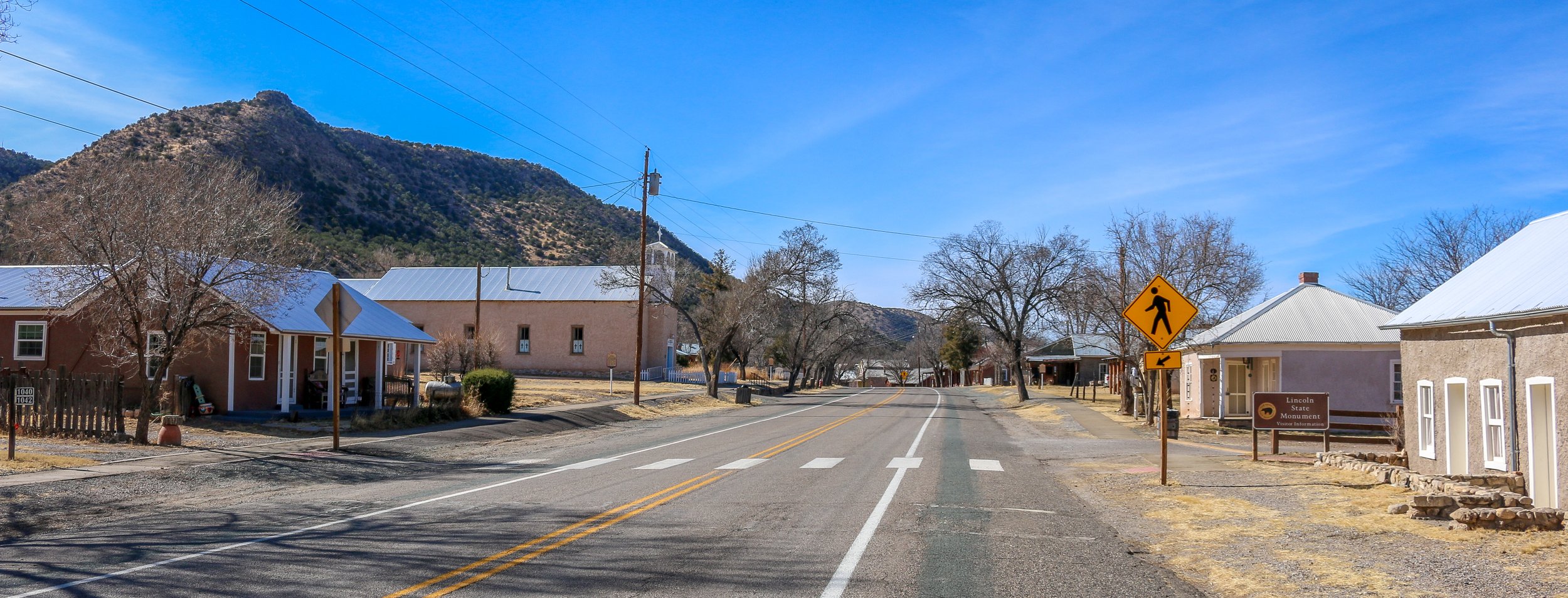The area that is now Wickenburg was once Yavapai Indian land and the river that runs through it is the Hassayampa which means “following the water as far as it goes” in the Yavapai language. In 1863, German prospector Henry Wickenburg came to the area in search of gold. He found it and opened the Vulture Mine which would eventually produce 340,000 ounces of gold and 260,000 ounces of silver.
Ranchers came to the area as well and soon a community sprang up. In 1895, the railroad came through Wickenburg which spawned even more growth. The town was incorporated in 1909, making Wickenburg the oldest Arizona town north of Tucson and the 5th oldest in the state. In 1866, Wickenburg missed being named the territorial capital by just two votes.
Today Wickenburg is a quaint little community with a real wild west feel to it (some of the light posts are even wearing cowboy hats). There are some amazing art installations around town and the Desert Caballeros Western Museum is one of the best in the state. I love the design of the Saguaro Theatre which was also probably my favorite theatre in Arizona. You’re never alone when you’re in Wickenburg as life-like statues are spread throughout town making for a family friendly feel. I hadn’t planned on staying long in Wickenburg, but it’s a great town worth exploring and I was there way longer than I expected to be. Next time you’re in this part of Arizona, stop in for a spell. You’ll be glad you did. I hope you enjoy these photos from tiny Wickenburg - the Dude Ranch Capital of the World.
Native Americans mined turquoise in the hills which now surround the tiny town of Cerillos. In more recent times, miners have also found gold, silver, copper, lead and coal in the area. An early Spanish explorer commented on the mineral wealth in these “little hills”, which gave the town its name. While all of the things that are mined in the area are valuable, it was the 1879 discovery of gold which really put Cerillos on the map. The railroad came through the following year and the town boomed. The town’s population grew to over 3,000 and it supported 21 saloons, 4 hotels, 3 churches, an opera house and several newspapers. At one point, Cerillos was even in consideration to be the capital of New Mexico and was visited by Teddy Roosevelt. With every boom comes a bust and by 1930 most of the big mines had closed, although turquoise is still mined nearby and is considered some of the finest in the country. The dirt roads and old buildings of Cerillos have made it a great Western filming location with Walt Disney's Nine Lives of Elfego Baca and Young Guns being two of Cerillos’ most famous productions. I’ve probably seen Young Guns several dozen times, so Cerillos felt familiar as I walked the streets and when I saw the faded Murphy-Dolan Store sign on the side of the old Wortley Hotel it really made me smile. Cerillos is a great little turn-off from the Turquoise Trail Scenic Byway which connects Albuquerque and Santa Fe and I definitely enjoyed my visit. I hope you enjoy these photos from the old mining town of Cerillos.
The area in southeast New Mexico that now includes the town of Lincoln was originally inhabited by Mogollon people and later by the Piros and Mescalero Apache. When a group of settlers arrived from the Rio Grande Valley, they named their new town La Placita del Rio Bonito, or “the place by the beautiful river”. The town was renamed soon after the Civil War in honor of President Lincoln and was made the county seat of the massive Lincoln County. In 1873, Irishman L.G. Murphy opened a general store and won the contract to supply beef to nearby Fort Stanton. When Englishman John Tunstall set up a rival store down the street and challenged Murphy’s monopoly on the beef contract, the Lincoln County War broke out with each man hiring his own army of gunslingers. One of Tunstall’s men, who the world remembers as Billy the Kid, has gone down in history as one of the most notorious figures from Old West lore. The Kid was arrested and tried for his role in the murder of the county’s sheriff and was held in the county courthouse, which had once been Murphy’s store, to await his hanging. He outsmarted and overpowered the two deputies who were watching him and escaped, only to be cornered and killed by the new sheriff, Pat Garrett, just a few months later at Fort Sumner. The volatility in Lincoln led President Rutherford B. Hayes to call the town’s main street "the most dangerous street in America". Today there are quite a few remnants from its wild past and much of the town is an historic site. I found the whole place fascinating and learned a lot while I was there. I wish I had had more time to explore it, but I hope you enjoy these photos from my brief stay in tiny Lincoln, New Mexico, once one of the Old West’s baddest towns.




